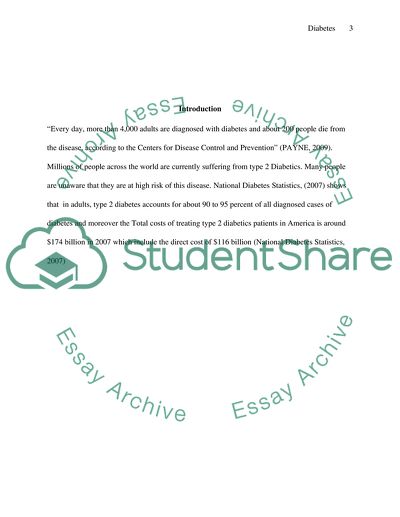Cite this document
(The Complications of Type Two Diabetes Term Paper, n.d.)
The Complications of Type Two Diabetes Term Paper. Retrieved from https://studentshare.org/health-sciences-medicine/1562729-diabetes-type-2
The Complications of Type Two Diabetes Term Paper. Retrieved from https://studentshare.org/health-sciences-medicine/1562729-diabetes-type-2
(The Complications of Type Two Diabetes Term Paper)
The Complications of Type Two Diabetes Term Paper. https://studentshare.org/health-sciences-medicine/1562729-diabetes-type-2.
The Complications of Type Two Diabetes Term Paper. https://studentshare.org/health-sciences-medicine/1562729-diabetes-type-2.
“The Complications of Type Two Diabetes Term Paper”, n.d. https://studentshare.org/health-sciences-medicine/1562729-diabetes-type-2.


